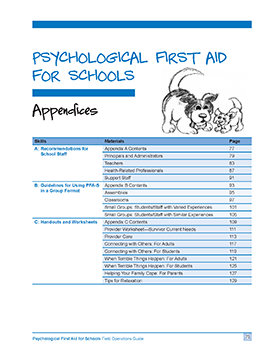
Psychological First Aid for Schools (PFA-S) Field Operations Guide Appendices
Is the full set of appendices for the Psychological First Aid for Schools (PFA-S) Field Operations Guide.
The following resources on child trauma were developed by the NCTSN. To find a specific topic or resource, enter keywords in the search box, or filter by resource type, trauma type, language, or audience.

Is the full set of appendices for the Psychological First Aid for Schools (PFA-S) Field Operations Guide.
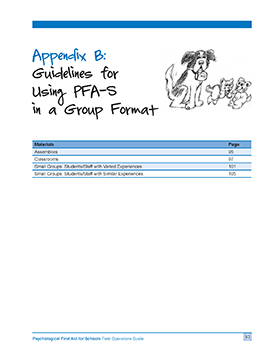
Is the second appendix for the Psychological First Aid Field for Schools (PFA-S) Operations Guide. This appendix provides guidelines for using PFA-S in a group format.

Is the third appendix for the Psychological First Aid Field for Schools (PFA-S) Operations Guide.
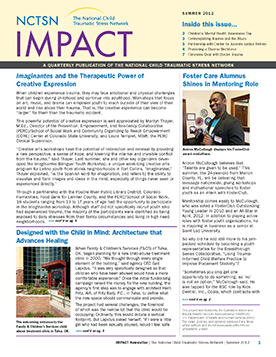
Highlights the power of creative expression in the Imaginantes Program.
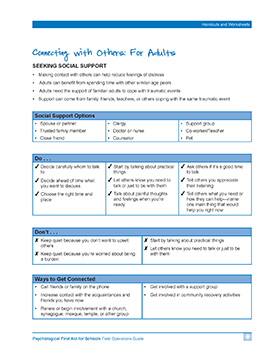
Is a handout from Psychological First Aid for Schools (PFA-S) Field Operations Guide. This handout offers information on seeking and giving social support, specifically geared toward adults.
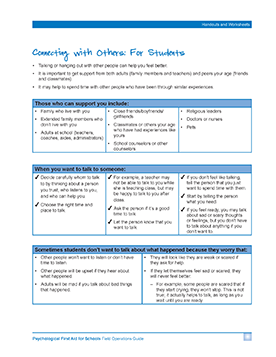
Is a handout from Psychological First Aid for Schools (PFA-S) Field Operations Guide. This handout offers information on seeking and giving social support, specifically geared toward students.
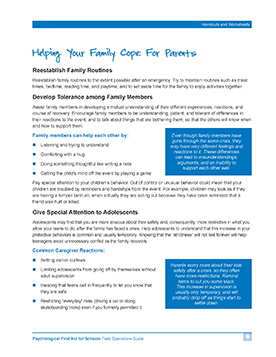
Is a handout from Psychological First Aid for Schools (PFA-S) Field Operations Guide. This handout provides information on how family members can help each other after an emergency and what some common caregiver reactions are.

Is a handout from Psychological First Aid for Schools (PFA-S) Field Operations Guide. This handout offers brief tips for relaxation for adults and teens, children, and families.
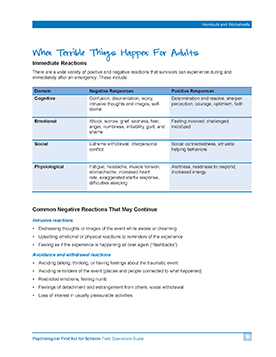
Is a handout from Psychological First Aid for Schools (PFA-S) Field Operations Guide. This handout offers information on immediate reactions that may occur, common negative reactions that may continue, reactions to the death of a loved one, ways to cope, and strategies that don't work.

Is a handout from Psychological First Aid for Schools (PFA-S) Field Operations Guide. This handout offers information on immediate reactions that may occur, common negative reactions that may continue, reactions to the death of a loved one, ways to cope, and strategies that don't work.

Describes the utility of screening and assessment for trauma in juvenile justice settings.
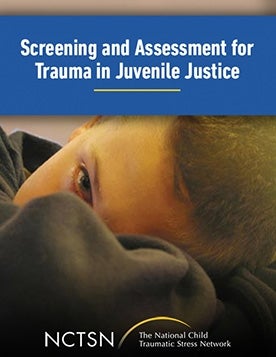
Outlines the need for trauma-informed screening in juvenile justice settings.